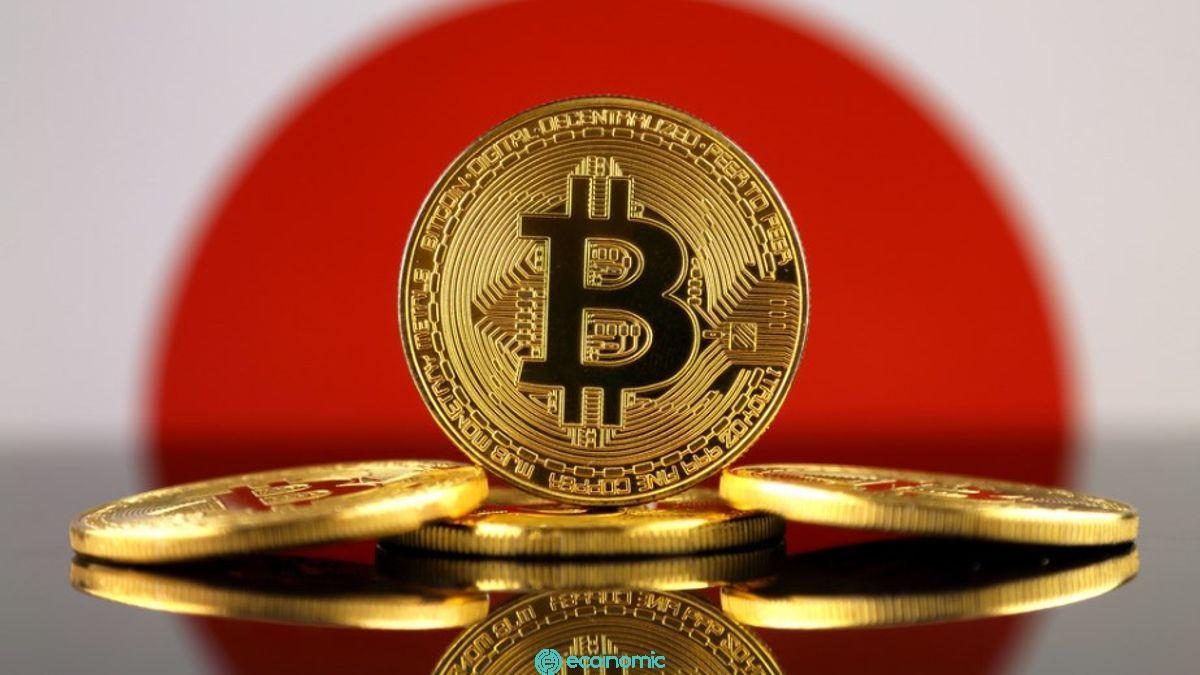Advertisement
Bybit is the next name in response to the Proof-of-Reserves movement, transparency of the exchange's reserves.
Cryptocurrency exchanges have conducted many methods to prove assets after the FTX crash, holding back user confidence. Similarly, Bybit said that from now on, investors can check the assets they hold on the Merkle Tree system.
Specifically, the Merkle Trees system is a type of On-Chain Data structure. Users who have funds on Bybit can use the system to verify that the exchange is holding 100% of its assets. Bybit's reserve ratio is currently 1:1, as the exchange announced on Dec. 10.
📢 Users can now verify the following using Bybit Proof of Reserves:
1⃣ The balance of your assets in our exchange 2⃣ The balance and ownership of the wallet addresses we disclose 3⃣ The reserve ratio Find out how: https://t.co/osiCZmLlen#Bybit#TheCryptoArkpic.twitter.com/LP2KMaJyZp — Bybit (@Bybit_Official) December 10, 2022
Bybit previously published wallet addresses containing reserve assets, which can be observed on the Nansen blockchain tracker. Merkle Tree is the latest attempt to help users be proactive in managing their assets.
However, these Proof-of-Reserves methods are still controversial, the question is "Is it really complete?". Exchanges such as Gate.io and Huobi have been embroiled in allegations when audits showed it "used the money owed as part of its reserves."
Other major exchanges such as Binance and Crypto.com also face a wave of mistrust because audit reports can paint an "incomplete picture" of a company's financial health, showing only the assets and not the debt. Important legal and reserve information is also not covered in these reports.
Source: Coin68
















